|
While our cover crops, compost and MicroLife fertilizer break down in our teaching beds outside, it's time to sketch our plan, then start seeds + make our plant list for Annual Spring Plant Sale. For years, we've demonstrated Square Foot Gardening in our teaching beds at Zilker Botanical. They're both picturesque and great conversation starters for visitors. Since I'm planning one now for Spring, Angel & I (Madelynn) thought this would be a good opportunity to bring our local and online community together! We'll share our planning steps, our published plan from the Farmer's Almanac Garden Planner. Then the really fun part- the steps we take to plant, tend and harvest. We'll be available to answer your questions on our social media channels. Stay tuned for more installments through the growing season!
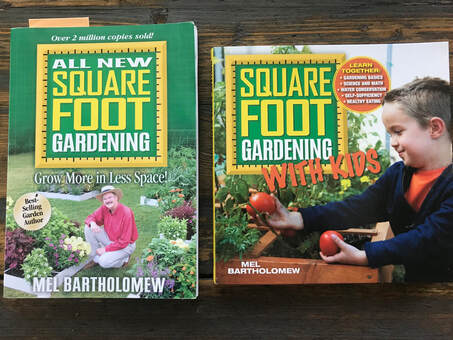 Mel Bartholomew's Square Foot Gardening book was introduced decades ago. It was a PBS television series too so there's loads of information out there. Steps in Planning our Spring 5' x 5' Garden:
Voila! Here's a first draft of our plan! You'll see that some squares say "____ then ____". We'll grow an early crop and then plant a heat loving crop in May. Some plants like okra, will grow fast and require warm soil temps to germinate so we can grow an early season crop in this square then a warm season crop afterwards. As a quick recap, we've already prepped our soil using several methods:
|
AuthorWrite something about yourself. No need to be fancy, just an overview. Archives
May 2024
Categories |
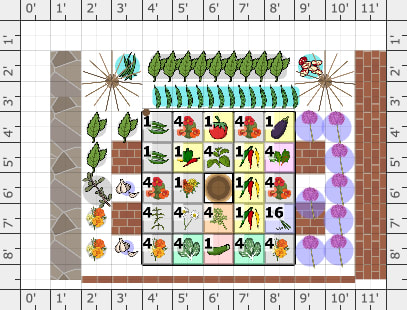
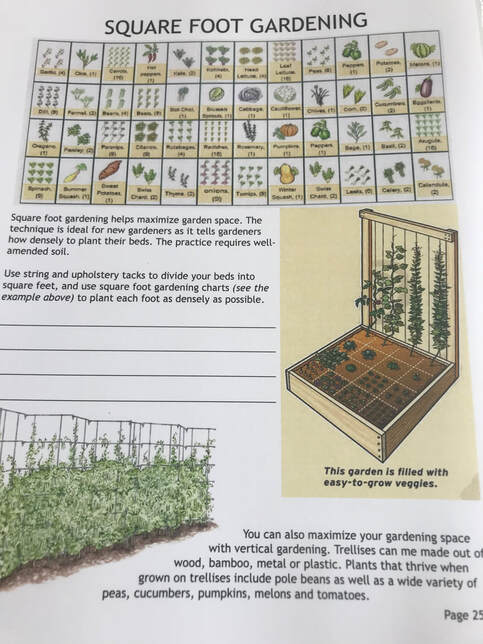
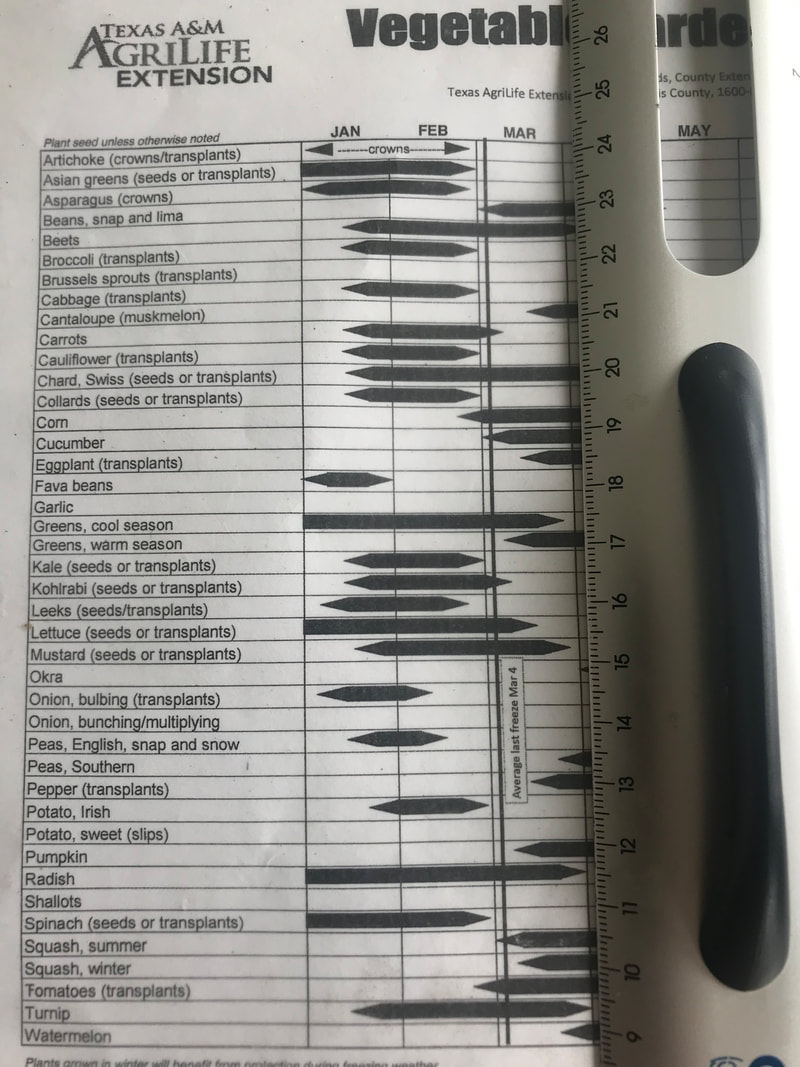
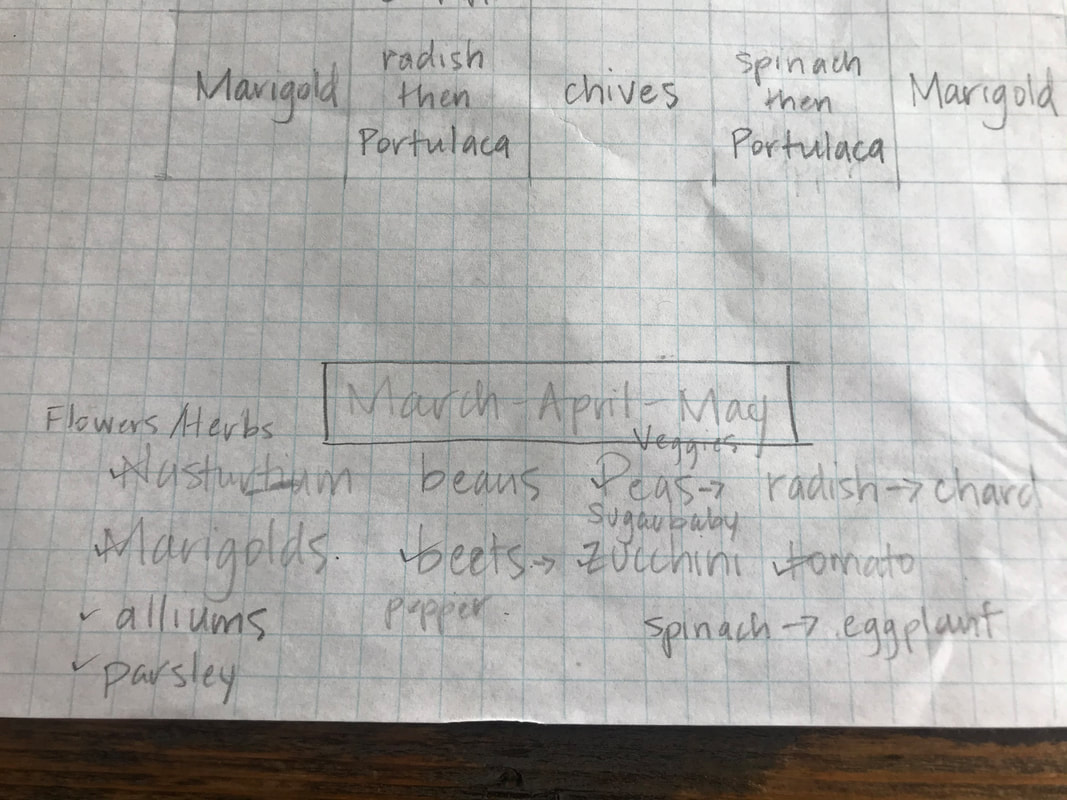
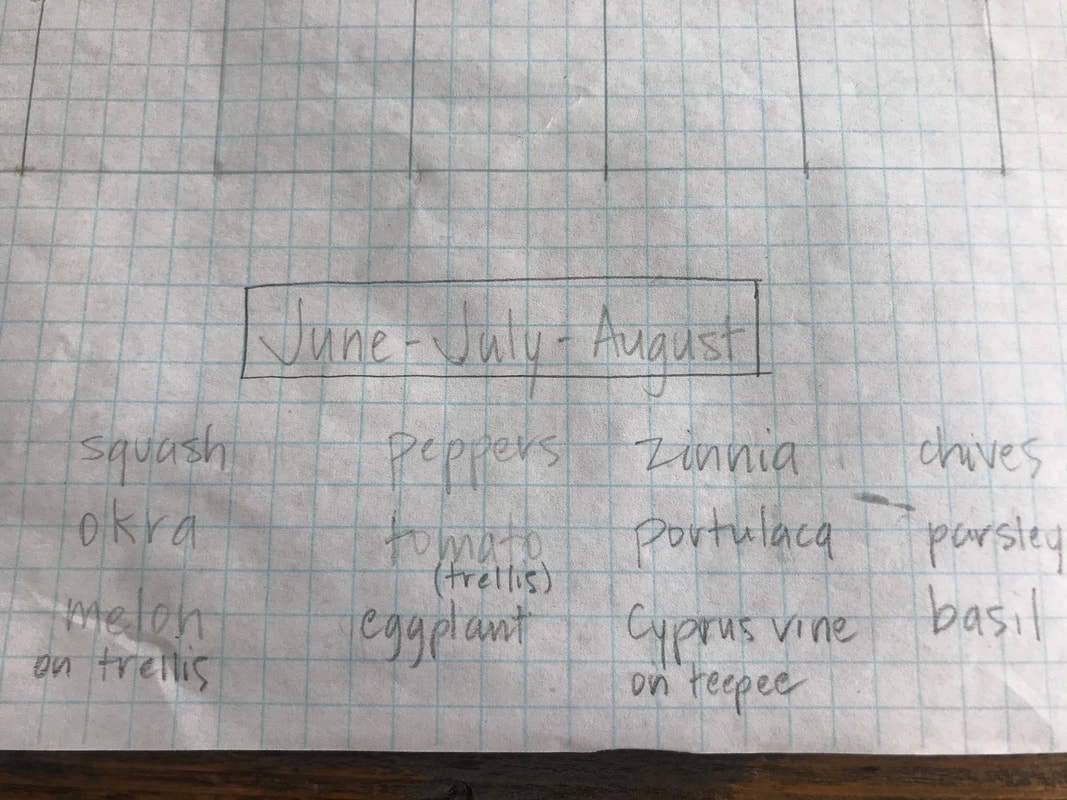
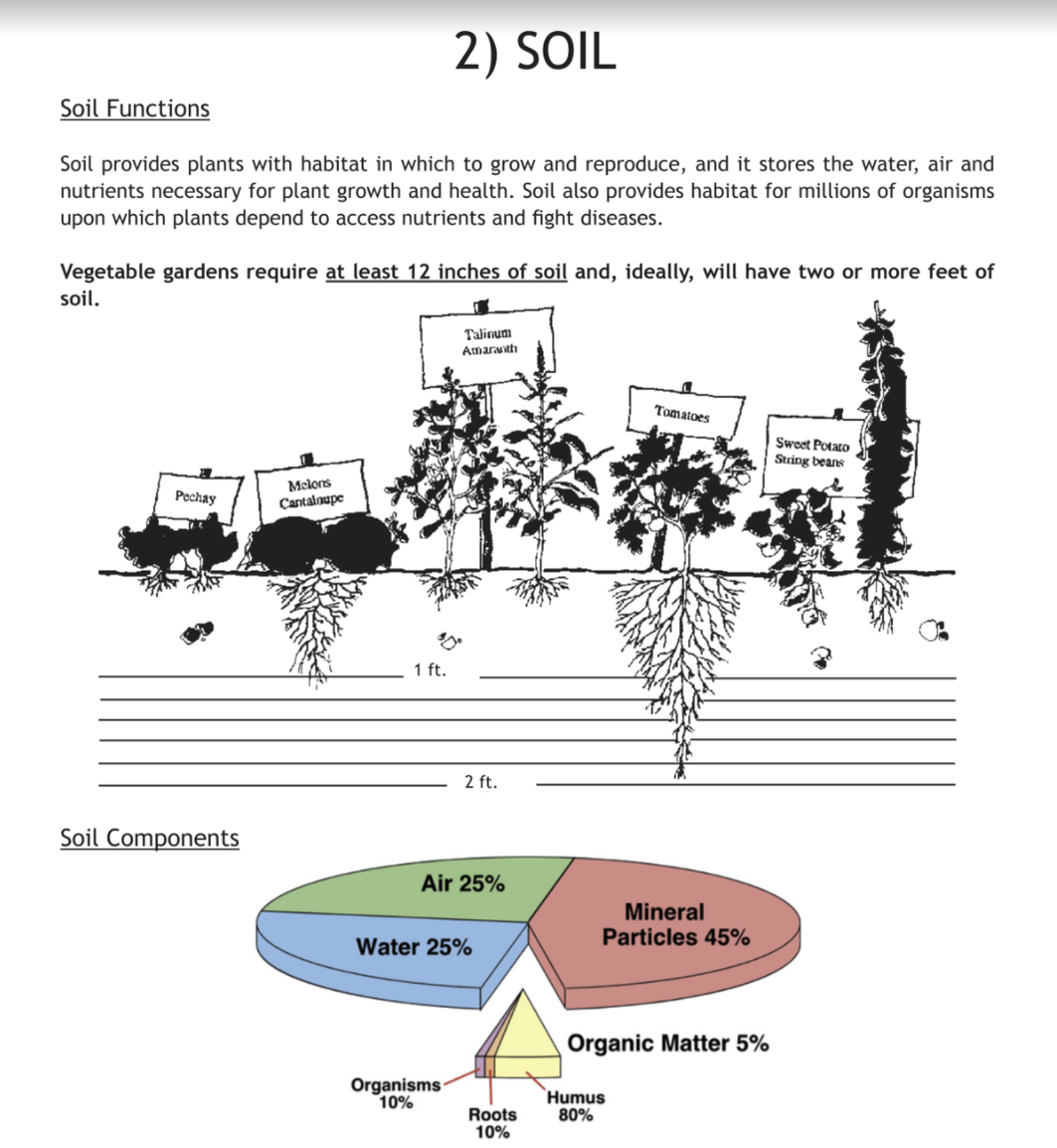
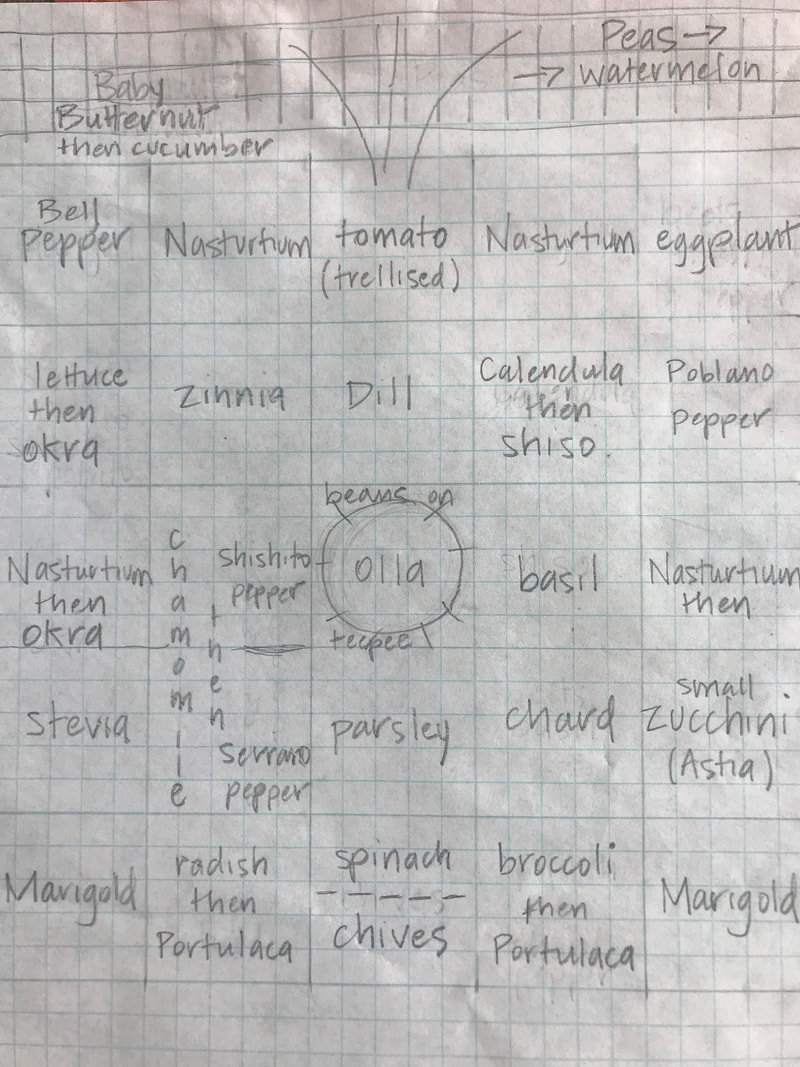
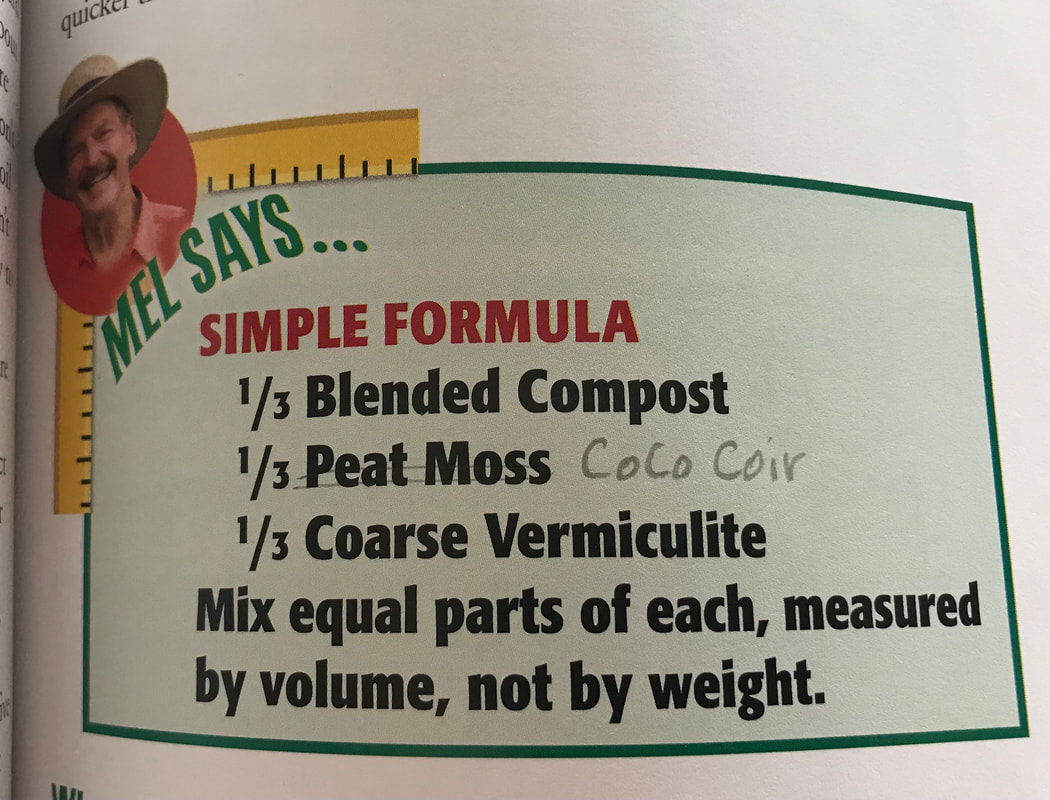
 RSS Feed
RSS Feed